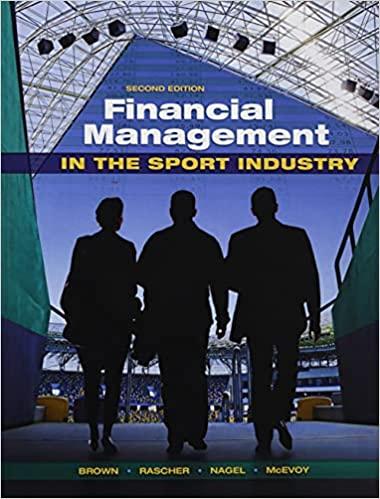0 E10-24A Determine transfer price range (Learning Objective 4) Graham Motors manufactures specialty tractors. It has two divisions: a Tractor Division and a Tire Division. The Tractor Division can use the tires produced by the Tire Division. The market price per tire is $45. The Tire Division hasthe following costs per tire: Direct material cost per tire $22 Conversion costs per tire $5 Fixed manufacturing overhead cost for the year is expected to total $120,000. The Tire Division expects to manufacture 40,000 tires this year. The fixed manufacturing overhead per tire is $3 ($120,000 divided by 40,000 tires). Requirements 1. Assume that the Tire Division has excess capacity, meaning that it can produce tires for the Tractor Division without giving up any of its current tire sales to outsiders. If Graham Motors has a negotiated transfer price policy, what is the lowest acceptable transfer price? What is the highest acceptable transfer price? 2. If Graham Motors has a cost-plus transfer price policy of full absorption cost plus 30 what would the transfer price be? 2 3. If the Tire Division is currently producing at capacity (meaning that it is selling every single tire it has the capacity to produce), what would likely be the fairest transfer price strategy to use? What would be the transfer price in this case? E10-25A Comprehensive flexible budget problem (Learning Objectives 2 & 5) 0 E10-24A Determine transfer price range (Learning Objective 4) Graham Motors manufactures specialty tractors. It has two divisions: a Tractor Division and a Tire Division. The Tractor Division can use the tires produced by the Tire Division. The market price per tire is $45. The Tire Division hasthe following costs per tire: Direct material cost per tire $22 Conversion costs per tire $5 Fixed manufacturing overhead cost for the year is expected to total $120,000. The Tire Division expects to manufacture 40,000 tires this year. The fixed manufacturing overhead per tire is $3 ($120,000 divided by 40,000 tires). Requirements 1. Assume that the Tire Division has excess capacity, meaning that it can produce tires for the Tractor Division without giving up any of its current tire sales to outsiders. If Graham Motors has a negotiated transfer price policy, what is the lowest acceptable transfer price? What is the highest acceptable transfer price? 2. If Graham Motors has a cost-plus transfer price policy of full absorption cost plus 30 what would the transfer price be? 2 3. If the Tire Division is currently producing at capacity (meaning that it is selling every single tire it has the capacity to produce), what would likely be the fairest transfer price strategy to use? What would be the transfer price in this case? E10-25A Comprehensive flexible budget problem (Learning Objectives 2 & 5)







